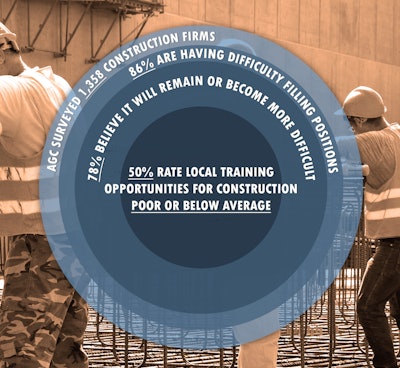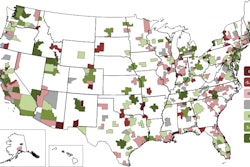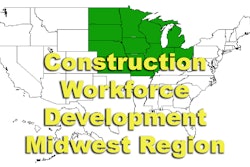
An overwhelming majority of construction firms report trouble finding qualified craft workers to fill key spots as demand for construction continues to rebound in many parts of the country, according to the results of an industry-wide Associated General Contractors of America survey. Association officials called for new career and technical school programs, as well as other workforce measures to offset the labor shortages that are forcing firms to change how they operate and pose risks to workplace safety.
What is Your State Doing to Develop the Construction Workforce?
Of the 1,358 survey respondents, 86% said they are having difficulty filling hourly craft or salaried professional positions. That's more than a 10% increase from the 74% of firms that reported difficulty filling positions in 2013 and a 3% increase from the 83% of firms that reported trouble filling positions in 2014.
Seventy-nine percent of responding firms nationwide are having a hard time filling one or more of the 21 hourly craft professional positions, particularly carpenters (73% of firms that employ carpenters report difficulty), sheet metal installers (65%) and concrete workers (63%). In addition, 52% of firms are having a hard time filling salaried professional positions, especially project managers/supervisors (listed by 55% of firms that employ them), estimators (43%) and engineers (34%), noted AGC’s chief economist, Ken Simonson.
Apprenticeships are Still a Viable Source of Construction Workforce Development



















